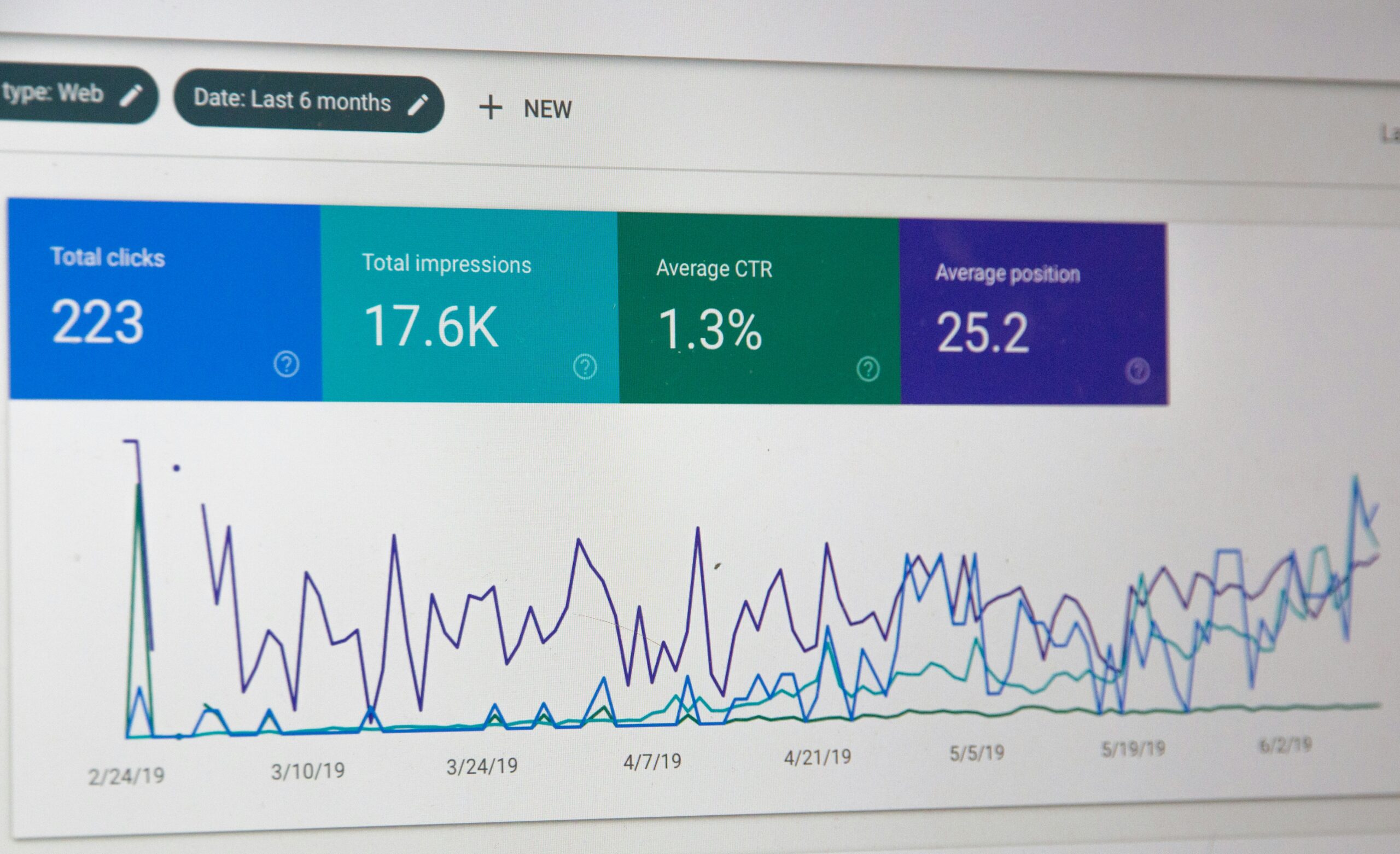Local SEO is more important than ever, especially in 2025 where 78% of mobile searches lead to offline purchases! In this article, I’m excited to share my proven process for conducting a local SEO audit that can transform your website’s local presence. We’ll dive into practical strategies, actionable tips, and the latest insights to ensure you’re not left behind in the competitive local market. Ready to elevate your local search game? Let’s get started!
What Is a Local SEO Audit and Why Is It Important?
The goal of a local SEO audit is to analyse how your current local SEO strategy is doing, and to make the necessary adjustments to keep it on track. This will allow you to address any issues in your strategy before they have a negative impact on your rankings.
I’m sure you have heard of Local SEO by now, but if you haven’t, local SEO can significantly increase a businesses website traffic and popularity in their local area. This ultimately leads to increased foot traffic, better brand recognition, and higher conversion rates.
Now, conducting a local SEO audit can help you to identify gaps and opportunities to help make your brand stand out more. A local SEO audit generally includes looking at your rankings, content, backlinks, and technicalities to do with your site. But how do you actually carry out a local SEO audit?
Step 1 – Check Your Google Business Profile (GBP) Optimisation
First things first, you want to make sure your Google Business Profile is all up to date. Ensure you have the following listed –
- Name, address, and phone number (NAP)
- Photos/videos of your service/business
- Company description
- Operating hours
- Products/services listed
- At least 3 posts
- Reviews (this is the most important)
If you have all of the above listed on your GBP, you’re ready to move onto the next step. If not, walk yourself through the list and get everything listed, it will help your customers find your business!
Step 2 – Audit Your Local Citations and NAP Consistency
Local citations are mentions of your business name, address, and phone number (NAP) across various directories, listings, and other websites. This is important as consistency of your NAP across Google will increase your websites trust signals, therefore Google will be more likely to rank your website higher in the search engine results pages (SERPs).
To do a local SEO audit on all your citations, you can input your website URL into Ahrefs, and click on “Ref. domains”. This will show you all the websites and directories that link to your website.

You can now click on each URL you see to inspect each citation – cool right! To add your NAP or fix duplicate listings on your referring domains, just contact the person in charge of the website and ask them to make amends for you. I’m sure they will if you ask nicely.
Step 3 – Analyse Your On-Page Local SEO
Whilst doing your local SEO plan, you should’ve carried out some local keyword research and implemented those keywords into the local pages on your website. Well, now is the time to check to see where you are ranking for these keywords.
To check your rankings, simply go into private or incognito mode of your Google browser (this will stop Google tracking your IP address and location so you can get an accurate rank), then type in the keyword you are targeting and see where you rank. You could also use tools like SEMrush or Ahrefs to assist you.
If you are ranking high in the SERPs, give yourself a high five! If not, don’t worry, here is a list of things to check for your on-page SEO audit –
- Does your title contain the keyword?
- Does your meta description contain the keyword?
- Do you have alt text including your keyword?
- Do you have a good H tag structure?
- Do your pages link out to similar pages?
- Do you have a local map pack on your page?
- Does your URL contain the keyword?
- Do you have rich snippets of schema across your page?
If you include all of the above, your rankings should increase. Also, it doesn’t help to add a “call now” or “contact us” button to the landing page of your location pages. This will make it easier for your customers to contact you!
Step 4 – Evaluate Your Local Backlink Profile
Now onto the next step of your local SEO audit – backlinks. Backlinks are very important in SEO as they increase your website’s authority, which will allow you to rank very high in Google.
Remember in the citations section when we used Ahrefs to see your referring domains? You can click on the “Backlinks” tab next to that which will show you all the backlinks you have to your website.

Usually, some of these links will be spam (look out for ones that look unnatural), and you will have to disavow them to stop them hurting your rankings. Follow the steps in this guide which shows you how to disavow your toxic backlinks.
To gain more local backlinks, you can reach out to other local business owners and ask them for a link to your website, or ask if you can post a blog on their site with a link to yours in the post.
For more ways on building backlinks, see a helpful article here. To automate the backlink process, you can use a blogger outreach service, or just do it manually yourself!
Step 5 – Audit Your Website’s Technical SEO for Local Search
You don’t just want to rank high for keywords in Google, you also want to make sure your users are having a good time on your website, otherwise Google may push your site further down the page! It’s time for a local SEO tech audit.
Here is a list of the main things to look out for in your audit to ensure a good user experience (UX) –
- Your website is optimised for mobile as well as desktop users.
- Your website has a load speed of less than 3 seconds. You can run a speed test here or on Page Speed Insights.
- Make sure your URL has a HTTPS status over a HTTP status. You will need to contact your domain provider if not.
Finally, have you ever heard of Screaming Frog? Not literally, I mean the tool. It’s a great tool which shows you all the technical analysis you will need. In this case, we will just use it to see if your website has any 404 pages. Just download the software, input your website URL, and watch it work its magic.
If your website does have any 404 pages, just redirect the page to a similar one on your website using a redirect plugin. I personally use 301 re-directs.
Step 6 – Assess Your Online Reviews and Reputation Management
Reviews are the cornerstone of any business. They tell your customers whether to buy, or not to buy. We have an in-depth guide on review management, so we will just cover the basics here.
If your GBP doesn’t have many reviews, consider getting a Google review card and handing it out to each customer. This will get your ratings up in no time, considering you do a good job!
Also, make sure you respond to all online reviews, whether positive or negative. This will encourage your customers to leave more reviews, and also show that you care about your customers’ feedback.
Step 7 – Track and Measure Your Local SEO Performance
Last but not least, you need to track your strategy again to see if there are any other small tweaks you need to make. You can use a few tools to assist you with this, including Google Search Console and Google Analytics.
There are a few key metrics to track including your monthly traffic levels, conversions, sessions, and keyword rankings. This will allow you to keep track of your local SEO campaign and adjust your strategy accordingly.
Conclusion
A local SEO audit is essential for maintaining strong visibility in local search results. By following these steps – optimising your Google Business Profile, fixing citations, improving your on-page SEO, and building local backlinks – you’ll improve your local search rankings and drive more targeted traffic to your website.
Want expert help with your local SEO audit? Get in touch with us today!





2 thoughts on “How to Perform a Local SEO Audit for Your Website”
Comments are closed.